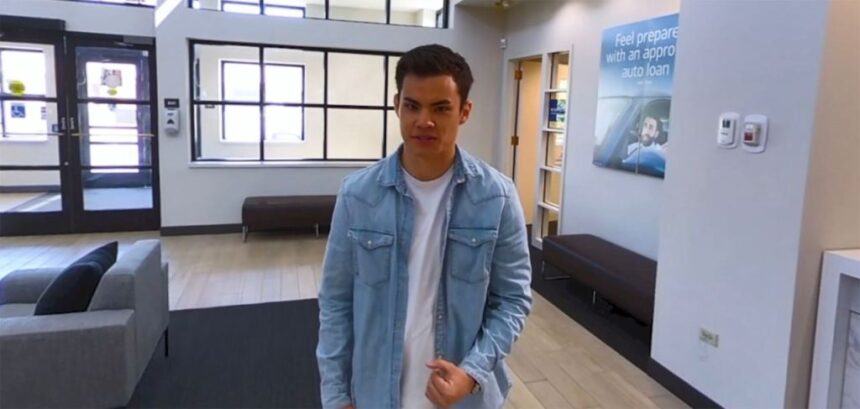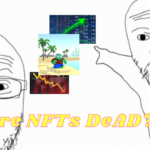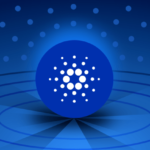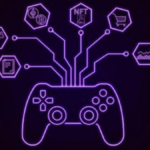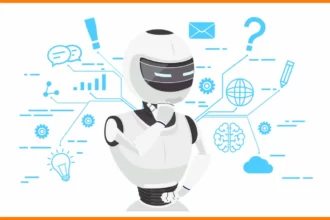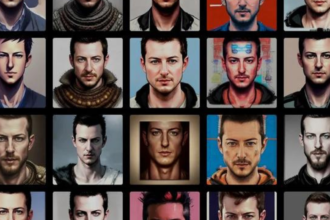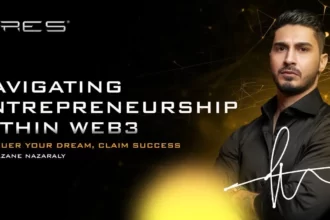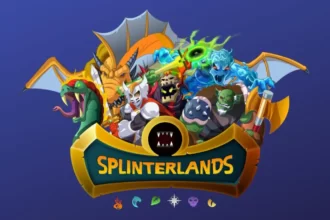In the heart of New York City, at the Hilton Midtown, a new era of employee training is unfolding. Bank of America is pioneering an innovative approach, integrating artificial intelligence (AI), virtual reality (VR), and the metaverse into their training programs. This unique blend of technology is not only enhancing the learning experience for new hires but also reshaping the future of the banking sector.
Welcome to the Future, Newbies!
Picture this: you step into Bank of America’s newbie boot camp at the New York Hilton Midtown, and what’s waiting for you? A VR headset, baby! Pop it on, and you’re face-to-face with a fuming customer, all riled up over a bank account snafu. Your mission, should you choose to accept it, is to soothe their ruffled feathers. Or, if you’re feeling brave, try your hand at handling a virtual bank heist. Afterward, chill out on a digital island or kick back with a unicorn. Yes, you read that right, a unicorn!
Bank of America Corp. is grooving to the beat of technology, using artificial intelligence, virtual reality, and the metaverse to create an immersive training experience for its fresh-faced 2,000 recruits. This move is part of a larger dance in the banking sector, where firms are spinning and twirling with tech to boost performance and trim expenses.
John Jordan, the head honcho of the Academy at Bank of America, likens these simulations to practice rounds. “It’s like giving our newbies a head start, making them seasoned pros from day one,” he said.
Bank of America’s CEO, Brian Moynihan, has been singing praises of AI’s potential “extreme benefits,” including its ability to streamline operations. But he also strikes a cautionary note, reminding us that as AI evolves, we need to keep tabs on how decisions are made.
A Week of Learning, Doing, and Unicorns
During the week-long training, Bank of America’s bigwigs deliver keynotes and host panels on hot topics like “diversity and inclusion” and “responsible growth.” But it’s not all talk. During breaks, newbies can dive into VR experiences, getting a 360-degree view of a bank branch and earning virtual brownie points for hands-on learning.
The VR training modules offer a variety of real-world scenarios, from dealing with large cash withdrawals to handling complaints about fraudulent accounts. Employees can even have a chat with an AI bot playing the role of a Bank of America client, with another bot guiding them through the right responses.
This isn’t just a newbie thing. Bank of America has been using this tech for over 200,000 staff worldwide. Every call center has an AI coach to help rehearse customer interactions. Even managers can use AI bots for additional training.
Keeping it Real in a Digital World
While tech has its perks, it’s important to remember it doesn’t replace the human touch. As Michael Chui from the McKinsey Global Institute points out, even if AI can provide insights into emotional situations, trainees might still prefer a human trainer. Mike Wynn, the innovation and design guy for Bank of America’s Academy, agrees. He says the goal of this tech isn’t to ditch human interaction but to make it stronger.
Bank of America is also considering using the metaverse to attract a younger generation of potential hires at career fairs. “Instead of just telling them about the banking experience, we can show them what a day in the life of an associate is like,” Jordan said. Now that’s a groovy way to recruit!
Bank of America’s fresh take on using AI, VR, and the metaverse in employee training is a game-changer. It’s not just about making learning fun for the new hires, but also about setting a trend for other companies to follow. As we move forward, it’ll be super interesting to see how this mix of tech and human interaction shapes the future of employee training and the banking sector.
Featured image by Lucrezia Carnelos



